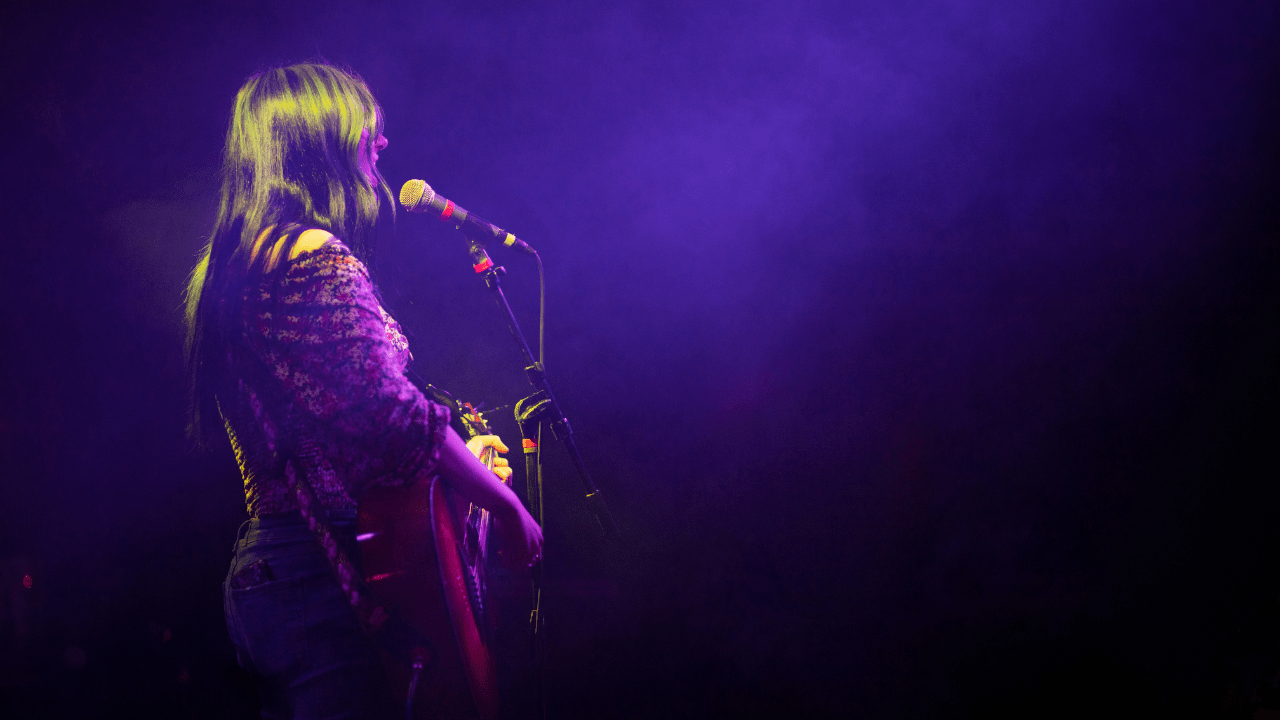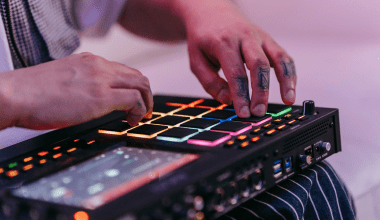Performing live is one of the most exhilarating and rewarding experiences for any artist, musician, comedian, or speaker. It is an opportunity to connect with your audience, showcase your talent, and leave a lasting impression. However, mastering the art of live performance takes time, dedication, and a solid strategy. In this guide, we will explore every aspect of performing live, from preparation to execution, and how to improve along the way.
Whether you are a seasoned performer or just starting, this guide will help you sharpen your skills and take your performances to the next level.
Why Performing Live Matters
Performing live is more than just standing on a stage and showcasing your talent. It is about creating a shared experience with your audience. Live performances:
- Help you build a deeper connection with your fans.
- Enhance your confidence and stage presence.
- Provide valuable feedback to improve your craft.
- Serve as a platform to showcase new material.
- Open opportunities for networking and future gigs.
A memorable live performance can turn casual listeners into lifelong fans.
Preparing for Your Live Performance
Preparation is the foundation of a successful live performance. Without proper planning, even the most talented performers can falter. Here’s how to prepare effectively:
1. Practice Makes Perfect
Rehearsals are crucial for ensuring you’re confident in your material. Whether you’re a musician, a speaker, or a comedian, practice your set repeatedly until it feels second nature.
- Use a mirror or record yourself to refine your movements and expressions.
- Simulate the live performance environment during practice.
2. Understand Your Audience
Tailoring your performance to your audience’s preferences can make a world of difference. Research your audience demographics, interests, and expectations.
- Consider the type of event or venue you’ll be performing at.
- Create a setlist or material that resonates with your audience.
3. Plan Your Setlist or Material
A well-organized setlist or script ensures a smooth performance. Include a mix of familiar and new material, and ensure the flow keeps the audience engaged.
- Start strong to grab attention and end on a high note.
- Allow room for spontaneity or improvisation to make the performance dynamic.
Building Confidence for Performing Live
Stage fright is a common hurdle for performers, but it can be overcome with the right mindset and techniques.
1. Visualization Techniques
Imagine yourself performing successfully in front of an enthusiastic audience. Visualization helps reduce anxiety and boosts confidence.
2. Breathing Exercises
Controlled breathing can calm your nerves. Practice deep breathing before going on stage.
3. Embrace Mistakes
Understand that mistakes are part of live performances. Acknowledge them gracefully and keep moving forward.
Crafting a Memorable Stage Presence
Your stage presence can set you apart as a performer. Here’s how to captivate your audience:
1. Engage with the Audience
Interaction is key. Make eye contact, smile, and involve your audience in the performance.
2. Body Language and Movement
Use confident body language and purposeful movements to command attention. Avoid standing still for long periods.
3. Express Emotion
Conveying genuine emotion can make your performance relatable and impactful.
The Role of Technology in Performing Live
Technology has transformed the way live performances are conducted. From sound equipment to visuals, here’s how you can leverage technology:
1. Sound Quality
Invest in high-quality microphones, speakers, and mixing consoles to ensure clear and balanced sound.
2. Visuals and Lighting
Stage lighting and visuals can elevate your performance. Coordinate with lighting technicians to create an atmosphere that complements your act.
3. Live Streaming
Expand your reach by live-streaming performances on platforms like YouTube, Twitch, or Instagram.
Dealing with Challenges During Live Performances
Even the most prepared performers face challenges. Here’s how to handle common issues:
1. Technical Glitches
Always have a backup plan. Carry extra equipment and test everything beforehand.
2. Unresponsive Audience
Adjust your performance to re-engage the audience. Incorporate humor, storytelling, or direct interaction.
3. Personal Nerves or Discomfort
Stay focused on the joy of performing and trust your preparation.
Post-Performance: Reflect and Improve
After your performance, take time to reflect and gather feedback.
1. Self-Assessment
Ask yourself:
- What went well?
- What could be improved?
2. Audience Feedback
Engage with your audience to understand their experience. Constructive criticism is invaluable.
3. Record and Review
Recording your performance allows you to identify strengths and areas for improvement.
Tips for Consistent Growth as a Live Performer
Performing live is a continuous learning process. Here’s how to grow:
- Attend workshops or training sessions to refine your skills.
- Network with fellow performers to exchange ideas and experiences.
- Experiment with new styles or material to keep your act fresh.
Conclusion
Mastering the art of performing live is a journey of self-expression, creativity, and connection. Whether you’re stepping onto a stage for the first time or are a seasoned professional, the key to success lies in preparation, confidence, and adaptability.
Embrace the challenges, celebrate your victories, and always strive to create an unforgettable experience for your audience. Remember, every performance is a step closer to mastering the craft of performing live.
Related Articles:
For further reading, explore these related articles:
- Best Microphone for Vocals – Top Picks for Studio and Live Performances
- Can Virtual Reality (VR) be the future of Live Music?
- How To Create A Successful Live Music Business
For additional resources on music marketing and distribution, visit Deliver My Tune.






